2013.12.12
Tokyo gives nod to Seoul air defense zone
Even as it continues to lash out at China for its imposition of an air defense identification zone in the East China Sea that blankets the Japan-administered Senkaku Islands, Tokyo has given its endorsement of a similar zone implemented this week by South Korea.
The South Korean expanded air defense zone in the northern East China Sea, encompasses islands and a submerged rock Seoul claims. China also claims the islands, and in one case, so does Tokyo. Tokyo’s confirmed it doesn’t view South Korea’s move as any infringement of freedom in airspace over international waters, as stipulated in international law. Part of the new Korea ADIZ crosses Japanese claimed area. The South Korean zone is more limited, expressly not applying restrictions over airspace. Seoul says it will not levy restrictions or requirements n Japanese airlines.
Japan’s been critical of China for its expansive ADIZ that covers the Senkaku Islands in southwest Okinawa Prefecture. By international declarations, a country’s national airspace extends 22.2 kilometers from its coastline. An ADIZ can go much further, and can apply restrictions such as China’s done with Japan. China’s ADIZ covers the Senkaku Islands while overlapping Tokyo’s own ADIZ for the area.
Japan’s maintained its claim on the Senkaku Islands for well over a century, first claiming the five uninhabited pieces of rock in 1895. It set up an ADIZ over the islands in 1969, well before China began laying claim to the islets, which it calls Diaoyu. Taiwan also claims the Senkaku islands, calling them Tiaoyutai.
Japan took initial control of the Senkakus in 1895, and set up an ADIZ covering the islets in 1969. In the 1970s, China began claiming the islets, which it calls Diaoyu, as did Taiwan, which calls them Tiaoyutai.
Japan and the U.S. have particularly flaunted the new China ADIZ, flying military aircraft into the zone without following Beijing’s demands.

 2024.07.07
2024.07.07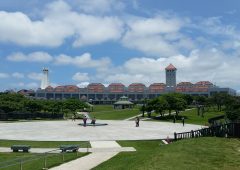 2024.06.21
2024.06.21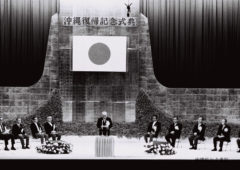 2024.05.15
2024.05.15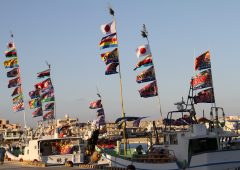 2024.02.07
2024.02.07 2024.01.31
2024.01.31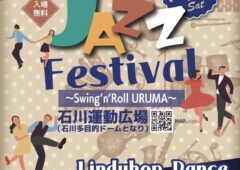 2023.11.02
2023.11.02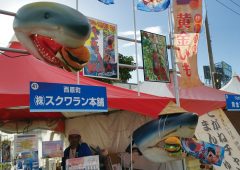 2023.10.26
2023.10.26 2023.09.29
2023.09.29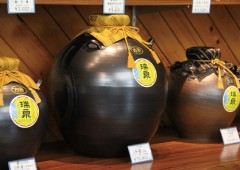 2023.09.01
2023.09.01






